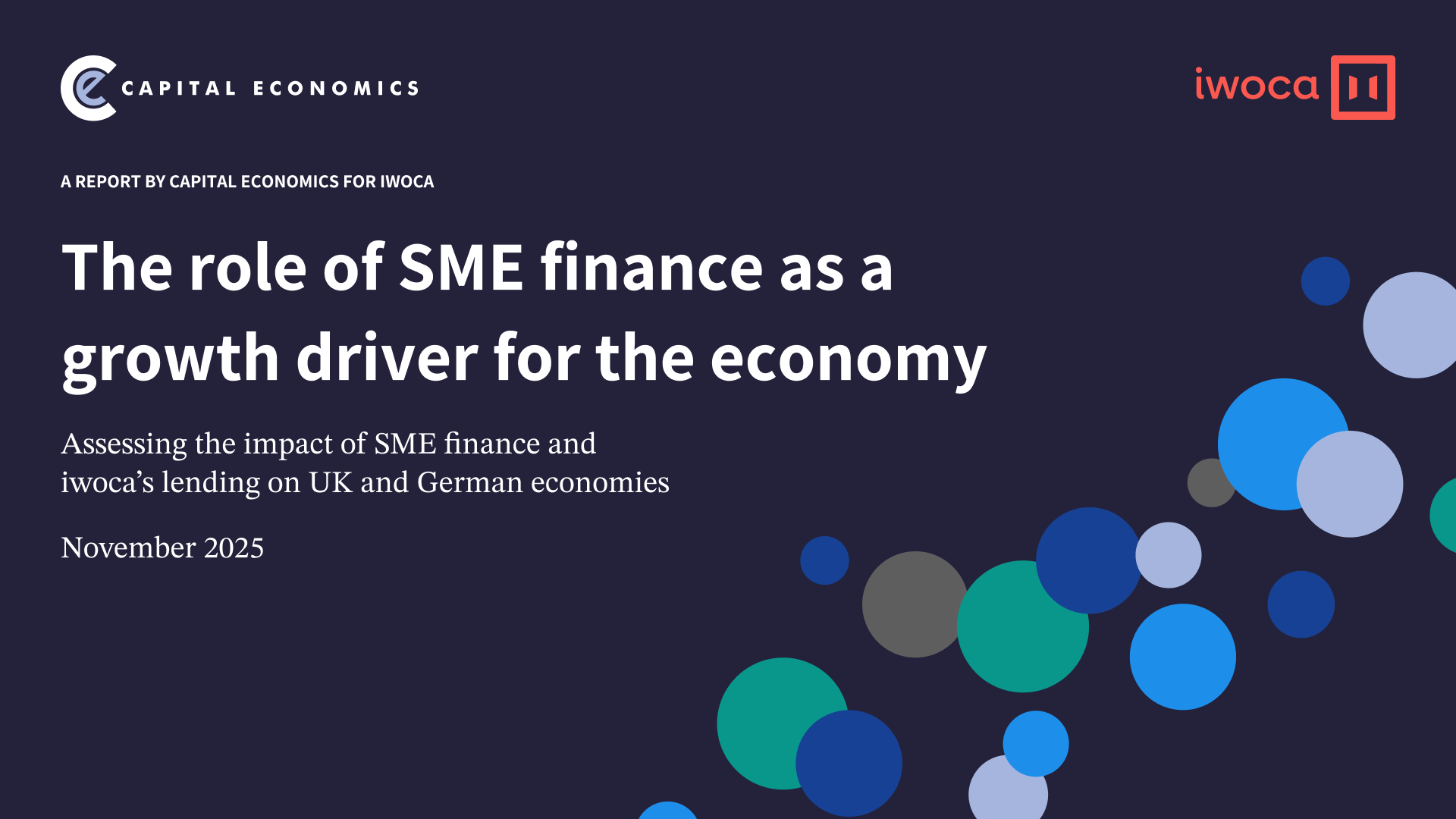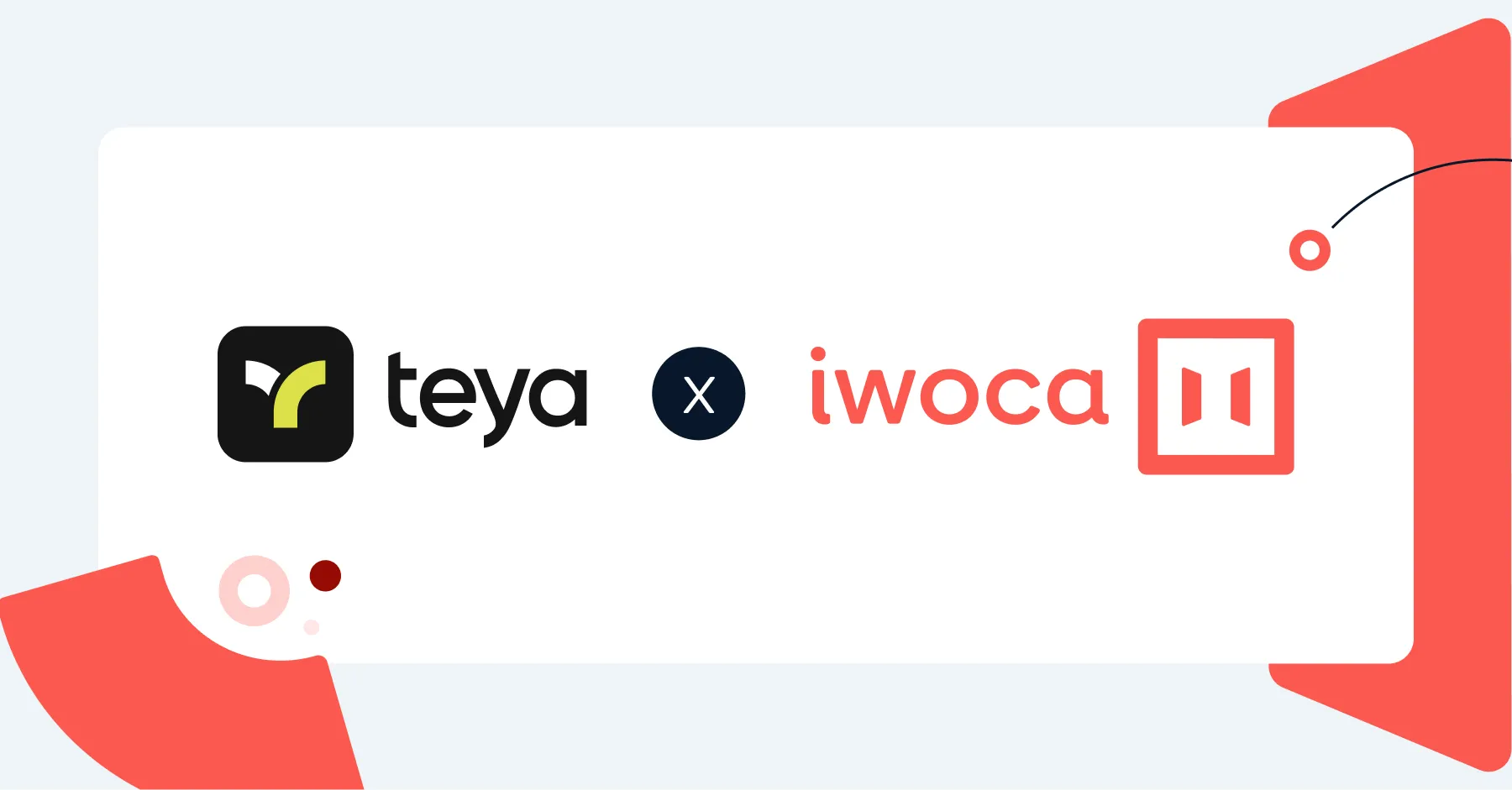Exclusive broker insight on the SME lending market
5
min read
Exclusive broker insight on the SME lending market






2021 was a turbulent year for the SME lending market and no-one knows its ins and outs better than the brokers who serviced business owners from its start to finish.
As well as tracking this broker insight via our quarterly SME Expert Index – we spoke to five brokers about how SME borrowing habits shifted throughout the last year.
From recovery to growth
Our most recent SME Expert Index – based on data from brokers who collectively submitted over 3500 applications for unsecured finance on behalf of their SME clients across the UK in December 2021 – revealed that financing for growth was the most common loan purpose for small businesses in the last quarter of 2021.
- This was the second consecutive quarter that growth topped the charts, with even more brokers – 43% – citing it as SMEs’ primary focus (up from 35% in Q3).
However, it was by no means an easy ride for businesses to get to this position and took the best part of 2021 for them to move away from recovery and set their sights on expansion. Cash flow was the key reason for SMEs accessing finance at the start of the year.
- Only 25% of brokers cited growth as the most common reason for finance in Q1.
- Managing day to day cash flow was the key reason for SMEs accessing finance (41%) in Q1.
Calvin Dexter from Calvin Dexter Financial Solutions Limited explains: “In the first half of the year, working capital was being cited as the primary requirement for funding. Business owners had to carefully manage cash flow and remain alert, seeking early support should additional cash be required for an opportunity or to put out a fire."
Nick Mayhew at Peak Business Finance: ‘‘During any period of such great uncertainty, cash flow is the most important factor in the success of any small business. Small business owners are under cash-flow pressure at the best of times, often due to long payment terms and late payments. The sooner the cash-flow issues are solved, the sooner the owners can get back to focusing on longer term projects and growth. So speed was king at the beginning of the year for brokers and businesses alike in terms of accessing finance to plug these gaps.”
And it wasn’t just COVID restrictions that threw business owners into a cash flow crisis.
Sharon Cook, Choice Business Loans, explained, “the pandemic has not just caused some businesses to have a huge hole in trading, but it has also delivered other challenges such as supply chain issues and price increases. These things put pressure on SMEs and having access to cash flow solutions to help ease the burden was the number one priority for many business owners.”
According to Leanne Barry, LB Finance Solutions Ltd, “the hike in import and export prices and delays is a real concern. Many businesses that have traded through previous recessions are struggling now.”
Cash flow was overtaken by growth as the primary reason for finance as the year went on, COVID restrictions eased, and businesses looked forward to life post-pandemic. This shift in confidence was also reflected in the demand for larger loans.
- Managing day to day cash flow as the most common loan purpose fell to 24% by Q4, and was overtaken by growth (43%).
- Over a quarter (26%) of brokers said that loans valued between £100,001 and £200,000 were the most commonly requested among their SME clients in Q4, increasing by 17 percentage points since Q3, when fewer than one in ten (9%) loan requests were of this size.
Calvin Dexter, Calvin Dexter Financial Solutions Limited, said: “funding for growth and expansion was the main reason for taking out finance towards the end of the year. This suggests an increase in confidence with business owners more willing to take on debt facilities to finance growth.”
Sam Jones at NGI Finance explained that “overall there was a lot of positivity toward the end of the year. Businesses had made it through all the lockdowns, the furlough scheme had ended, restrictions were lifted, and the vaccine roll in particular provided a light at the end of the tunnel for business owners. So, they started to regroup and plan ahead with a more positive mindset on how their businesses would perform going forward. The size of facility requested increased as we ended 2021 as clients began to consider refinancing CBILS or putting more aggressive growth plans into place. Growth was the major driver of our clients’ funding requests in the second half of the year.”
Industry trends
It was those businesses and sectors that adapted throughout the year that managed to survive the pandemic, and begin to thrive once more. Construction, online B2C sales, and even hospitality were industries in which our brokers noted success towards the end of 2021.
Sharon Cook, Choice Business Loans, explained, “many sectors have diversified to continue trading, and businesses in these industries have – in some cases – flourished. The construction industry seems to have experienced a real boom over the last 2 years – in fact the majority of my clients are from this sector and have achieved some really good outcomes with the government lending schemes.”
“Certainly, some areas of the SME market place have seen a boom, especially where businesses have been forced to pivot and explore new sales avenues. Online B2C sales are a clear winner for expansion and we’re seeing businesses need more cash to turn the stock more quickly. Even hospitality is bouncing back; I have two clients looking to get a second premises.”
Access to finance: government schemes, banks and alternative lenders
There were various government schemes throughout 2021, offering businesses emergency support because of the pandemic. The Coronavirus Business Interruption Loan Scheme (CBILS) and the Bounce Back Loan Scheme (BBLS) dominated the first half of 2021, and when these came to an end, the government introduced the Recovery Loan Scheme (RLS). These schemes really emphasised the value in alternative lenders as many businesses applying to traditional banks were left waiting for weeks or months without a decision. This meant many brokers choose to send more applications to alternative lenders, and even wait for non-bank lenders to become accredited to the government schemes.
- 26% of brokers sent more CBILS applications to non-bank lenders in January 2021 compared to December 2020.
- For SME clients who requested finance through RLS in May, a third of brokers said they waited - or were still waiting - for non-bank lenders to be accredited.
Calvin Dexter, Calvin Dexter Financial Solutions Limited, said, “the first half of the year was CBILS centric. A big shift in 2021 was that towards alternative lenders: small businesses who ordinarily turned to the banks for support, required other options when they realised the support was not forthcoming. As the year progressed, Q3 specifically saw a dislocation in the unsecured funding market as lenders waited an age to be accredited by the British Business Bank for RLS.”
Sam Jones, NGI Finance, said, “with BBLs and CBILS dominating the first quarter we then definitely saw a big pause, particularly in the top band clients, with borrowing requirements in Q2 and into the start of Q3. This can be attributed to clients having funds in their bank from the government back schemes and waiting to see what restrictions would be lifted and when. After a slow roll out of RLS, availability for the government backed product increased which naturally increased awareness and demand for it. Clients also started needing to repay their Bounce Back Loans and CBILS, so they were using finance to refinance these, or take on additional finance.”
Looking to the future
Nick Mayhew, Peak Business Finance, went on to say that, “business owners shifted to borrowing money for more optimistic reasons as the year went on. Rather than needing to urgently plug cash flow gaps, they were able to look to the future and borrow money to help with new marketing initiatives or develop new product or service offerings. I've also seen a lot more businesses looking to borrow to purchase assets, either to help streamline their operation or help them expand. The loan requests I'm seeing definitely suggest a more optimistic future for UK SMEs.”
Sharon Cook, Choice Business Loans, explained “we had two camps of clients throughout 2021. The first: those who needed support recovering from the pandemic, possibly where the assistance on offer at the time was not enough for them. The second: the business owners who started to experience a growth phase of the business and sought finance solutions to help them get to the next level. Towards the end of 2021, the second camp – those in the growth phase – expanded. I think that shows a real defiant and fighting spirit that is so prevalent in SME business owners. Having access to good quality finance is, and always has been, imperative to SMEs to help them survive and to thrive.”
2022 will see different trends emerge, but as our brokers’ valuable insight as well as SME Expert Index data suggests – small businesses seem to be through the worst of it: out of the ‘total shut down’ phase that started 2021, continuing to move away from the ‘recovery phase’ that extended itself across the rest of the year, and evermore joining and succeeding in ‘the growth phase’ – which we excitingly ended the year on. Brokers and alternative lenders must continue to support small businesses in accessing finance, to power this growth and contribute to a meaningful economic recovery.
{{broker-cta="/components"}}


How to use payroll loans for small businesses

Business Loans comparison: High Street Banks vs. Alternative Lenders
Comparing the pros and cons of getting a business loan from traditional lenders and alternative finance providers, including how they differ in application processes, speed of funding, rates and flexibility.

Working capital ratio
Discussing the importance of calculating your company’s working capital ratio, what it represents and how to improve the ratio.






